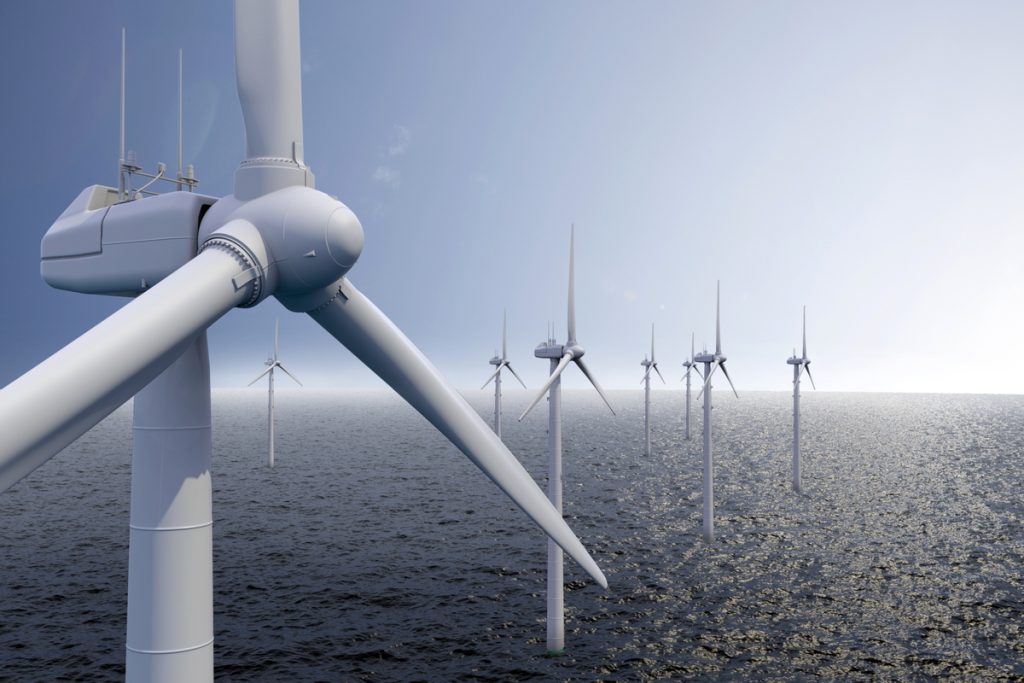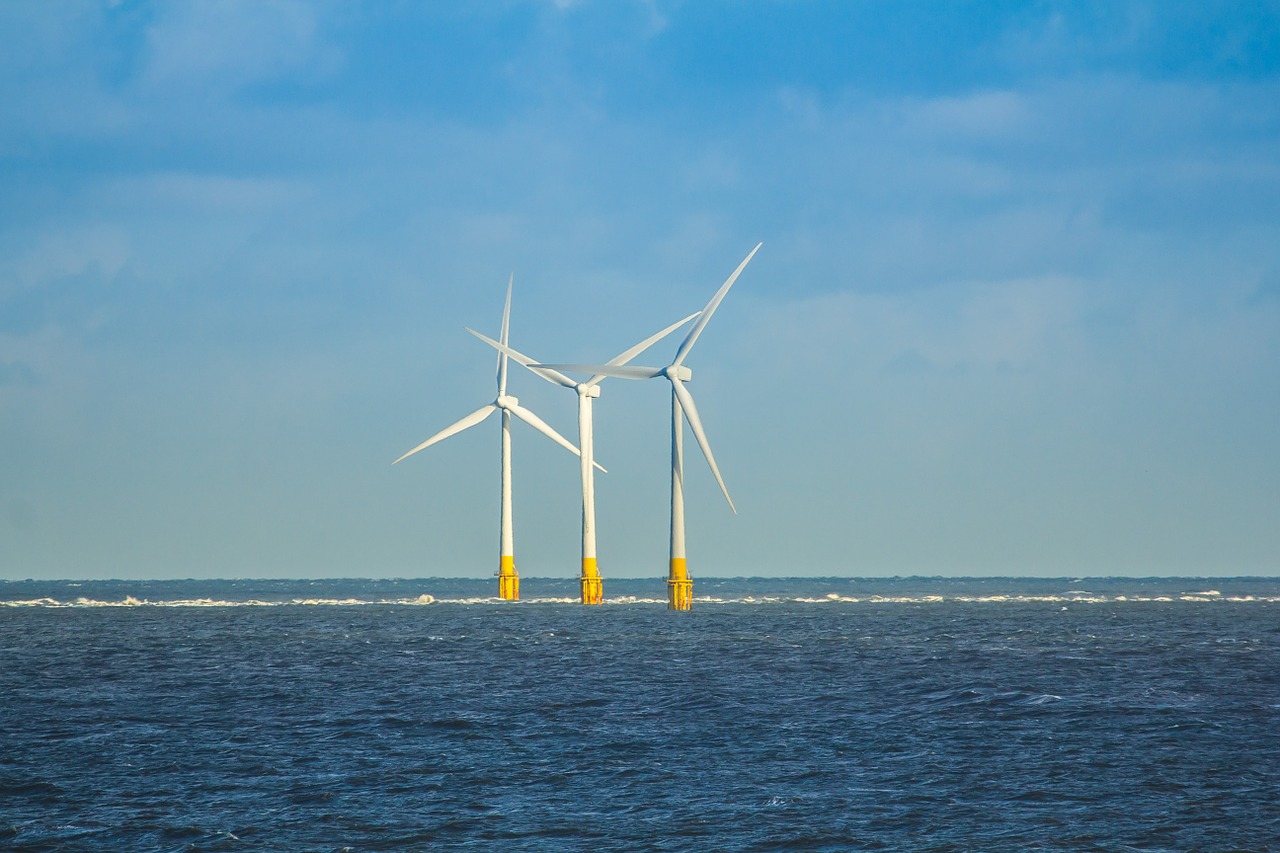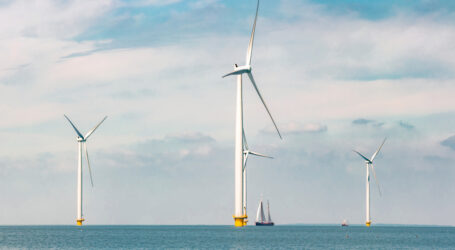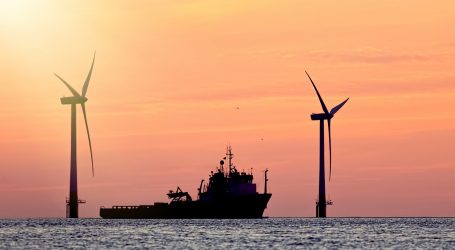Thanks to RES, Poland can save up to PLN 116 billion
Poland stands at the threshold of an energy revolution that could save up to PLN 116 billion by 2040 – even despite higher investment costs. What’s more, it will create new jobs. The latest report by the Jagiellonian Institute and the Polish Wind Energy Association shows that the key to these benefits lies in betting on renewable energy sources.
Investing in green energy not only fits in with global environmental trends, but is also becoming a strategic choice. Which transition option is the cheapest and most cost-effective for the Polish economy?
Big investments, even bigger savings
In recent years, the European Union has put forward a number of initiatives to accelerate investment in RES. These include: The Fit for 55 package, i.e. a comprehensive set of legislative proposals to achieve the goal of reducing CO2 emissions, the RED III directive2 (which is one of the elements of the Fit for 55 package), which introduced an increase in RES targets to 42.5 per cent in 2030, while indicating that Member States should strive to achieve an even higher share – at the level of 45 per cent. It is worth emphasising that in Poland, the share of energy from renewable sources (RES) in gross final energy consumption is 15.6 per cent. – according to data released last August by Eurostat.
As can be seen, investment in RES is necessary, but nevertheless, it raises many concerns related to safety and high investment costs. This is not surprising, as the reconstruction and safe operation of the National Power System (NPS) requires an understanding of a number of challenges, followed by appropriate decisions, actions and investments.
However, it is worth remembering that, ultimately, the energy transition and the changes that follow it offer the possibility of achieving certain benefits. These include not only environmental aspects, but also economic and social ones such as new investments, development of the national electricity value chain, lower generation costs and lower energy prices for end consumers. Despite all these pluses, questions are still being asked about the cost-effectiveness of these measures.
The Polish Wind Energy Association, together with the Jagiellonian Institute, has prepared an analysis that estimates the overall costs of the electricity transition. According to the report “Costing of the Polish Power Industry A.D. 2040”, Poland, by opting for the variant with the highest volumes of RES power with the highest infrastructure and balancing costs between 2025 and 2040, can save up to PLN 116 billion (approximately 34 PLN/MWh) by 2040.
Moreover, it can avoid volumes and CO2 emission costs. This is 362 million Mg and 201 billion PLN less than the variant assuming the slowest evolution of the mix towards RES, i.e. onshore wind, offshore wind and photovoltaics and the largest share of conventional sources (coal, gas, nuclear).
Public discussion often emphasises the challenges – including the financial ones – associated with the transition to green energy, overlooking the fact that ignoring renewables and maintaining dependence on fossil fuels also comes at a high cost. The report prepared by the Jagiellonian Institute and the Polish Wind Energy Association sheds new light on this issue, showing that investment in renewable energy sources (RES) not only pays off, but is also beneficial for our country, points out Dr Kamil Kwiatkowski, Director of Research Projects, Euros Energy.
In his opinion, the energy transition should be treated as a long-term investment in the development of Poland and our economy, and not just as a quest for climate neutrality.
Source: PortalMorski.pl




